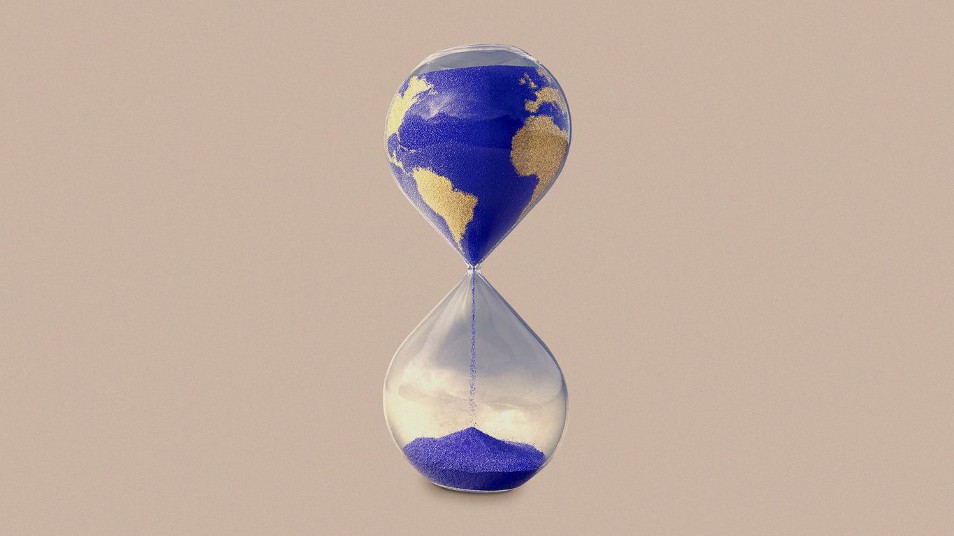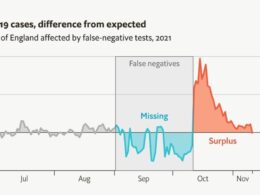The world still needs more coronavirus vaccines, but an additional bottleneck has emerged in many low-income countries: They need help getting shots in arms.
Axios
Caitlin Owens, Dave Lawler
Nov 27, 2021
Why it matters: Increasing vaccination rates across the world is both a humanitarian necessity and the best way to prevent dangerous new variants from emerging, but it increasingly requires complex problem-solving.
The big picture: Wealthy countries are vastly outpacing low and middle-income countries’ vaccination rates because they’ve hoarded the lion’s share of the world’s doses.
The state of play: Seth Berkley, CEO of the Gavi vaccine alliance and point person on the global COVAX initiative, tells Axios that most poor countries can absorb all the doses they’re receiving, but when they run their weekly assessments “between 18 and 25 countries come up red.”
- The challenges range from shortages of supplies like syringes or health care workers to utilize them, issues with the “cold chain” needed to transport and store Pfizer and Moderna doses, vaccine hesitancy, or inadequate logistical planning, Berkley says.
- In countries like the Democratic Republic of Congo, where 0.1% of the population has had the first dose, it can be all of the above.
- Deliveries can also be unpredictable or arrive with little time before doses are set to expire. Among the 92 lower-income countries being supported by COVAX, half have used less than 75% of the doses they’ve received, according to an analysis from the COVID Global Accountability Platform.
What to watch: COVAX is working on a country-by-country basis to try to solve those challenges, Berkley says, whether that means sourcing equipment or sending in medical teams.
Between the lines: Virtually no low-income countries are on track to vaccinate 40% of their population this year, the goal set by the WHO, according to a recent analysis by COVID GAP. Many will miss the 20% mark COVAX set as a minimum by the end of 2021.
- Among the 92 COVAX-reliant countries, the median vaccination rate is just 11%.
- There’s currently a supply gap of 650 million doses, in addition to the hundreds of millions of doses that COVAX is still expected to deliver, the analysis estimates. Most of the countries awaiting doses are in sub-Saharan Africa or South Asia.
What’s next: But that picture is changing rapidly. “We will stop seeing supply as a barrier pretty soon,” Berkley says.
Originally published at https://www.axios.com on November 27, 2021.












